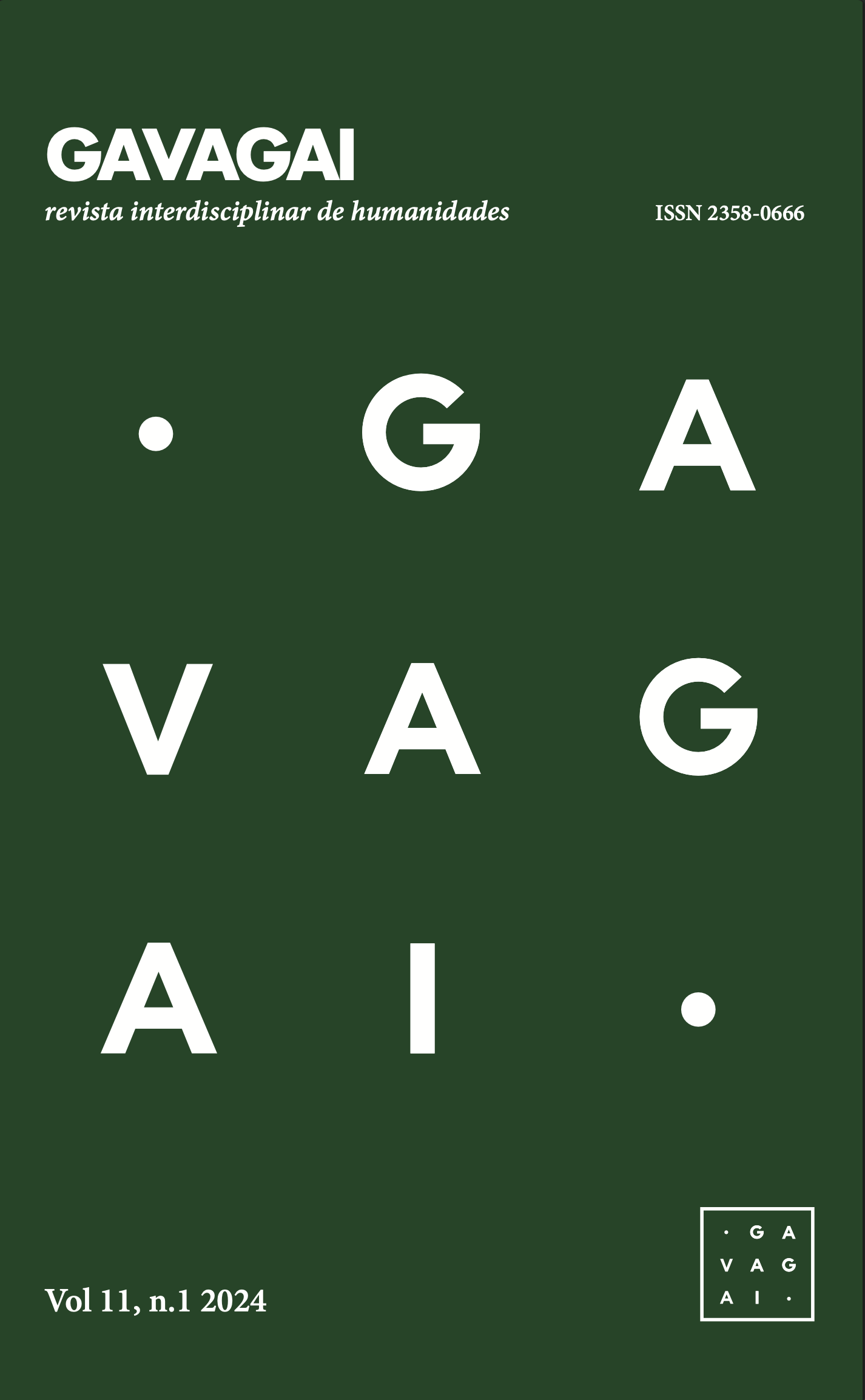MEMORY AND OLFACTORY LANDSCAPES IN PERFUME – THE STORY OF A MURDERER, BY PATRICK SÜSKIND
DOI:
https://doi.org/10.36661/2358-0666.2024v11n1.14239Keywords:
Literary representations, Humanistic-Cultural Geography, Space, Environmental perception, Mental imageAbstract
Art is an important instrument for analyzing reality. Literary productions have been used as a method of investigation and interpretation of society as representations of social dynamics present in territories. The representations permeate different discussions that encompass the ability of the creators of the works to perceive, interpret and imagine the world, in addition to their communication skills and creation of bonds with the public. Therefore, it becomes pertinent to discuss the role of the senses in experiencing the world and the ability to interpret and communicate these sensory experiences. Historically, the sense of smell is despised by Western society, an aspect that is reflected in literary productions due to various limitations, such as the ability to perceive this sense and the linguistic barrier itself, which does not have adequate terms for olfactory description. Therefore, this text aims to discuss the presence of odors in literature and the construction of olfactory landscapes and mental images based on this sense, through the analysis of the spatial representations present in the book Perfume: The History of a Murderer, written by Patrick Süskind. To do this, we analyzed excerpts from the novel in which the author uses olfactory descriptions to compose scenarios and mental images, with theoretical guidance based on the concept of landscape and the potential of smell as an element of memory activation. We conclude that the sense of smell is a powerful activator of notions of imagination and memory and that olfactory descriptions have the potential to construct landscapes and mental images with a strong affective content.

